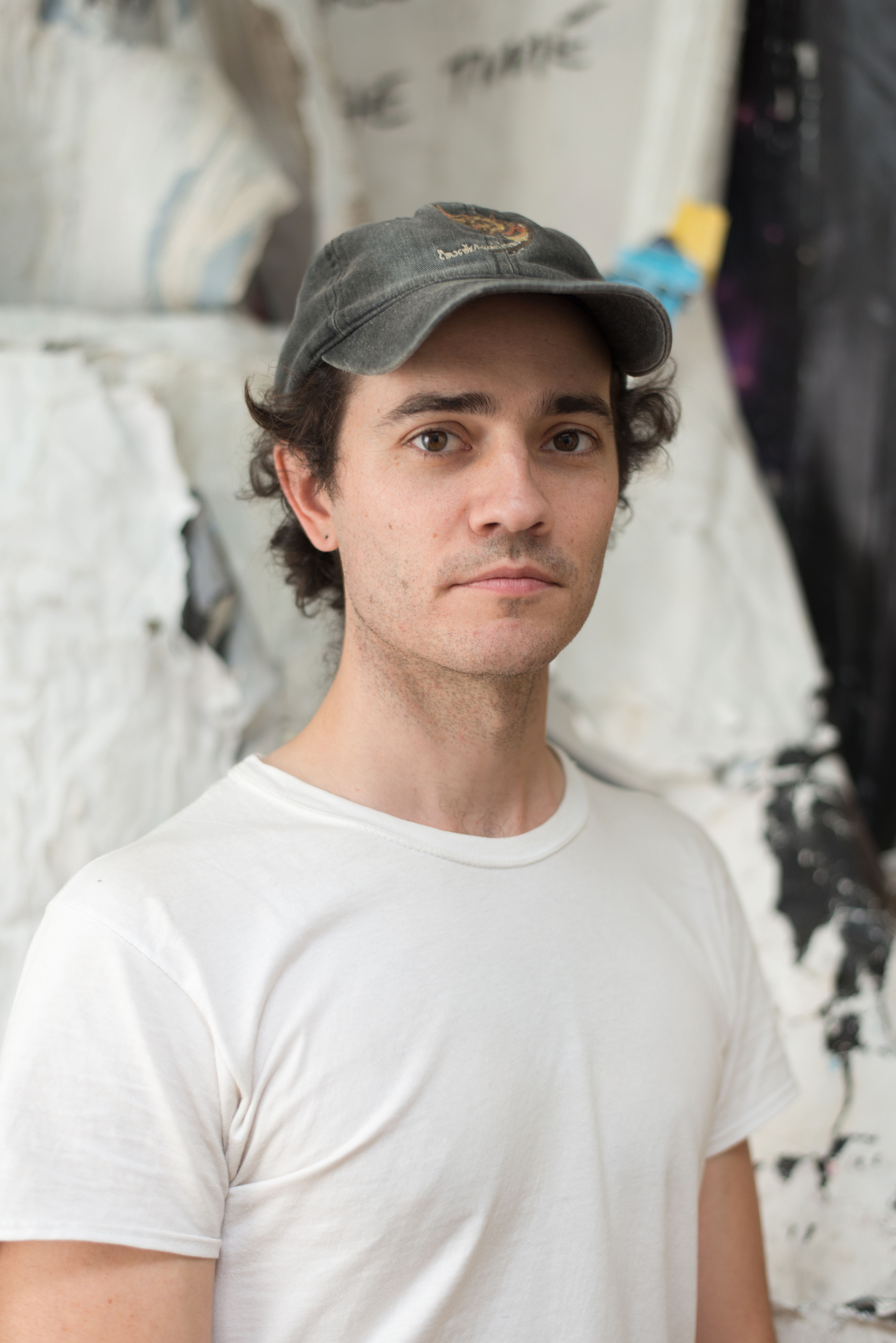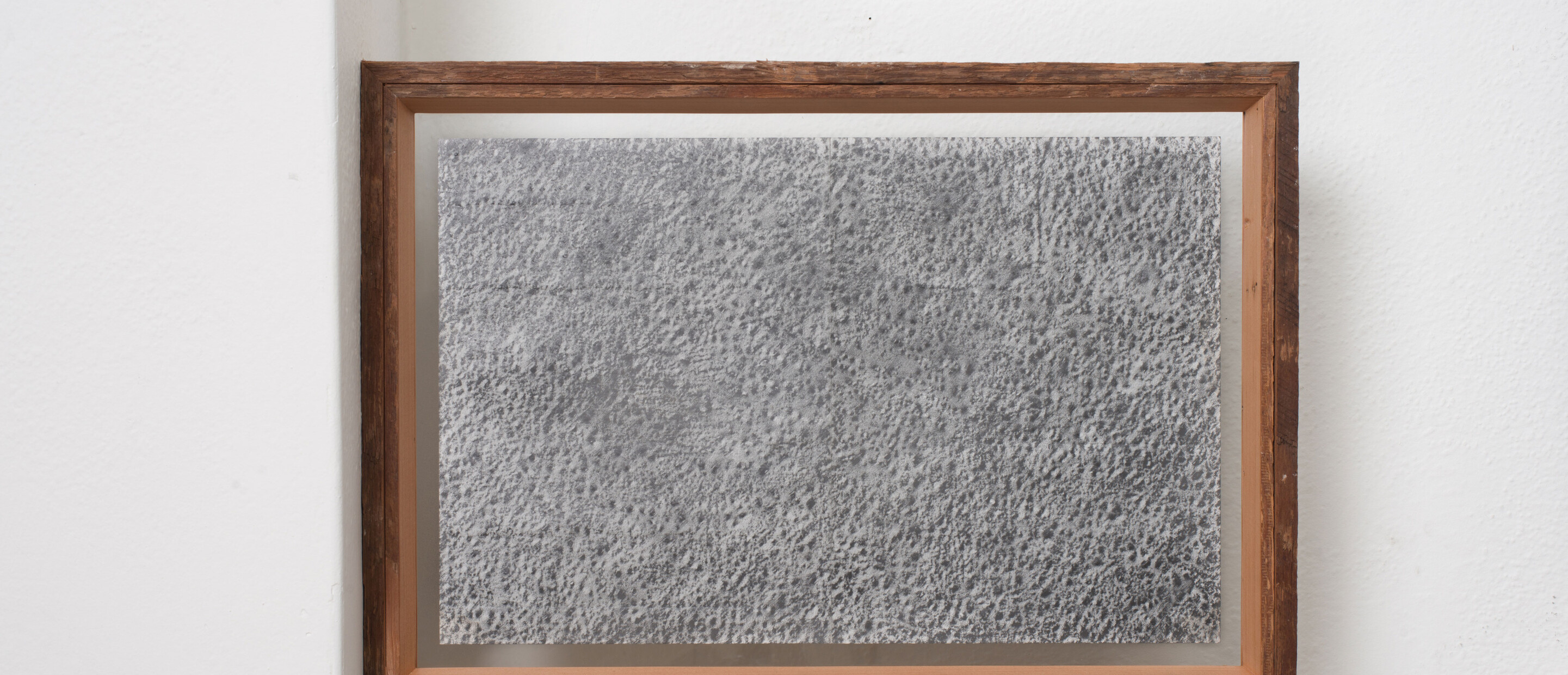 Joel Freeman is an artist and art worker. His own practice ranges across mediums, grounded by a deep engagement with what their methodologies might teach him. Born and raised in Fayetteville, Arkansas, he moved to greater Los Angeles in 2012 to attend Pomona College. Shortly after graduating he moved to Westlake, where he currently lives alongside his partner, cat, and neighbors.
Joel Freeman is an artist and art worker. His own practice ranges across mediums, grounded by a deep engagement with what their methodologies might teach him. Born and raised in Fayetteville, Arkansas, he moved to greater Los Angeles in 2012 to attend Pomona College. Shortly after graduating he moved to Westlake, where he currently lives alongside his partner, cat, and neighbors.
What does it mean to make drawings, especially over other art forms?
To make a drawing is to translate gesture into mark. As an artistic medium drawing is quite simple; I hold a pencil and, as an extension of myself through the pencil’s touch, leave markings on a sheet of paper. With these graphite rubbings I attend to what lies on the other side of the paper so that the sheet might hold the trace of contact — not just between myself, pencil, and paper, but also to include the place where the drawing is made. I think of the surfaces of these places as matrices (to borrow a term from printmaking) and the act of making graphite rubbings as using pressure over time to pull images from the material of my surroundings. My gesture is met by that of some solid form; the paper bears the trace of that encounter.
What kind(s) of rituals are embedded in your drawing practice?
These graphite rubbings are born out of an awareness of my environment that comes from time spent walking and time spent looking. In other words, being in place. I try to notice the marks that others leave behind, what kinds of histories are held on the surfaces of things. For the most part I make these drawings in public. In close physical contact with some surface (a sidewalk, a telephone pole, the side of a building) for an extended period of time, I can feel quite exposed. It’s not infrequent that some passerby will ask me what I’m doing and often we end up in conversation. I’ve come to see these interactions as an extension of the same presence necessary to make the rubbings themselves; they are an occasion for me to turn myself outwards, to pay attention, to be responsive and open, to stay in place, to let what is outside of me leave a mark.
In what ways does Los Angeles influence (or not) your approach to drawing?
The nature of these works has everything to do with place; my graphite rubbings are site specific surface studies. I live in Westlake, bordering Koreatown, an area that is, by LA standards, an older neighborhood and quite dense. Towering white apartment buildings with their names glowing in rooftop neon share the block and their early-twentieth-century roots with modest stucco apartments, two-story brick commercial buildings, a smattering of single-family Craftsman homes. This alongside the bare geometry of rapid new construction, empty pits and stripped lots, burnt and hollowed-out brick husks and the glaring curves of glass-skinned high-rise condos. Churches, homes, consulates, federal buildings, strip malls, liquor stores, street vendors, schools, tents, parks, trash, people, people, people. Things being built up, torn down, burnt out, sloughed off, strewn across the street. The flux of the city is palpable. These rubbings are fluttering scraps of paper caught and pressed in place for a moment long enough to hold the mark that is the gesture of being in this place.
